From technical solutions to aesthetic statements
In recent years, the auto industry has seen a marked shift in the design language of the front of the car. Instead of the traditional monolithic headlight cluster, more and more models are being launched with slim LED daytime running lights (DRL) placed high, while the main lighting cluster (low beam and high beam) is moved lower, often hidden in the front bumper. This is the trend of separate headlights, a trend that is spreading from SUVs, sedans to even wagons.
This design was originally driven by the technical requirements of LED technology. Separating the daytime running lights and main lights not only optimizes the performance of each cluster, but also opens up almost limitless creative space for designers. The DRL strips can now be shaped like sharp "eyebrows", creating a unique light signature for the car even when the main headlights are not turned on.
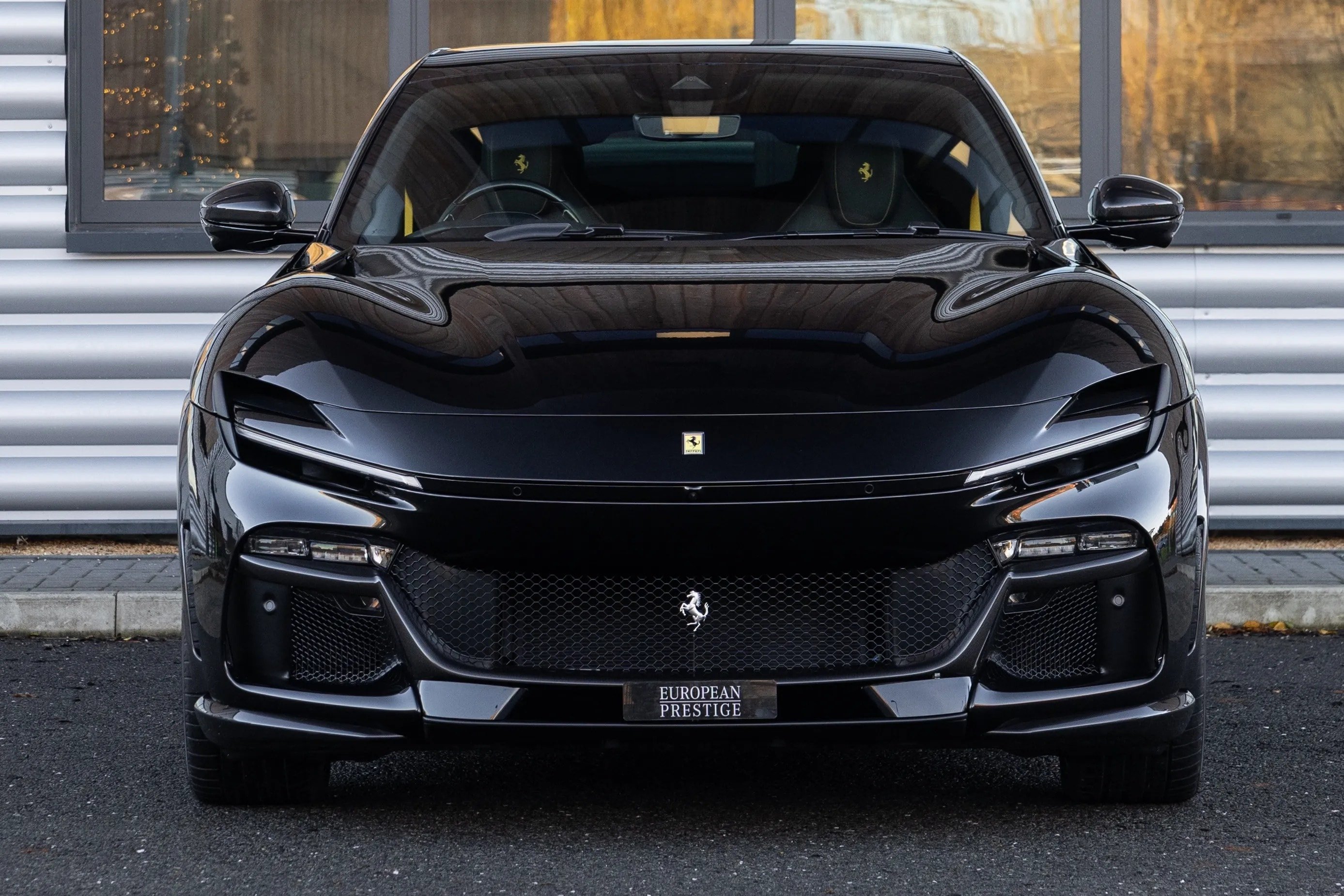
The Ferrari Purosangue high-performance SUV is a prime example of this language being used to its full potential, with its slim, almost invisible light strip above the large air intakes. Meanwhile, more mainstream brands like Hyundai have built entire new brand identities around this design with the Kona and Tucson , and Citroën, whose C5 X follows the C-Xperience concept.
When light becomes brand identity
Beyond its technical purpose, the split headlight has quickly become an effective branding tool. The new Lancia Ypsilon features a high-mounted LED strip with the “chalice” motif – the brand’s traditional symbol – while the real headlights are hidden underneath. This is how the designers built a new visual language: the light becomes sharp, modern and has its own personality.
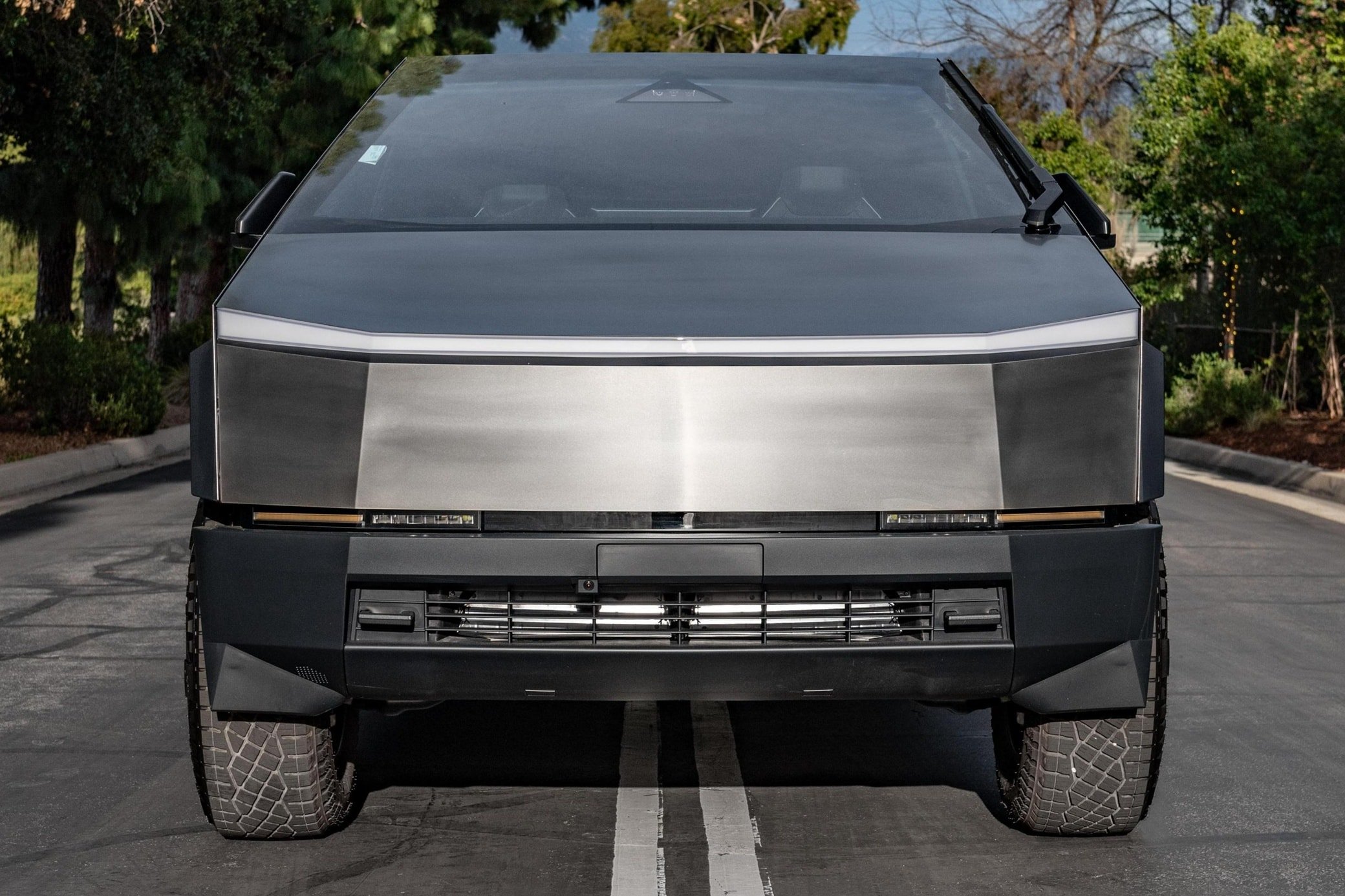
In addition, many manufacturers also create highlights with seamless LED strips across the width of the car body, such as on the Volkswagen ID.4 , Cupra Tavascan or new Smart models. One of the most daring expressions comes from the Tesla Cybertruck : only a single horizontal LED strip runs the entire width of the hood, while the actual headlights are hidden underneath, challenging all traditional design standards.
The electric car era and the death of the grille
The rise of this trend is closely linked to the electrification of the automotive industry. As internal combustion engines are replaced by electric motors, the traditional radiator grille, which serves to cool the engine, gradually becomes unnecessary. This completely frees the front of the car from technical constraints, turning it into a "canvas" for lighting to express personality and brand identity.
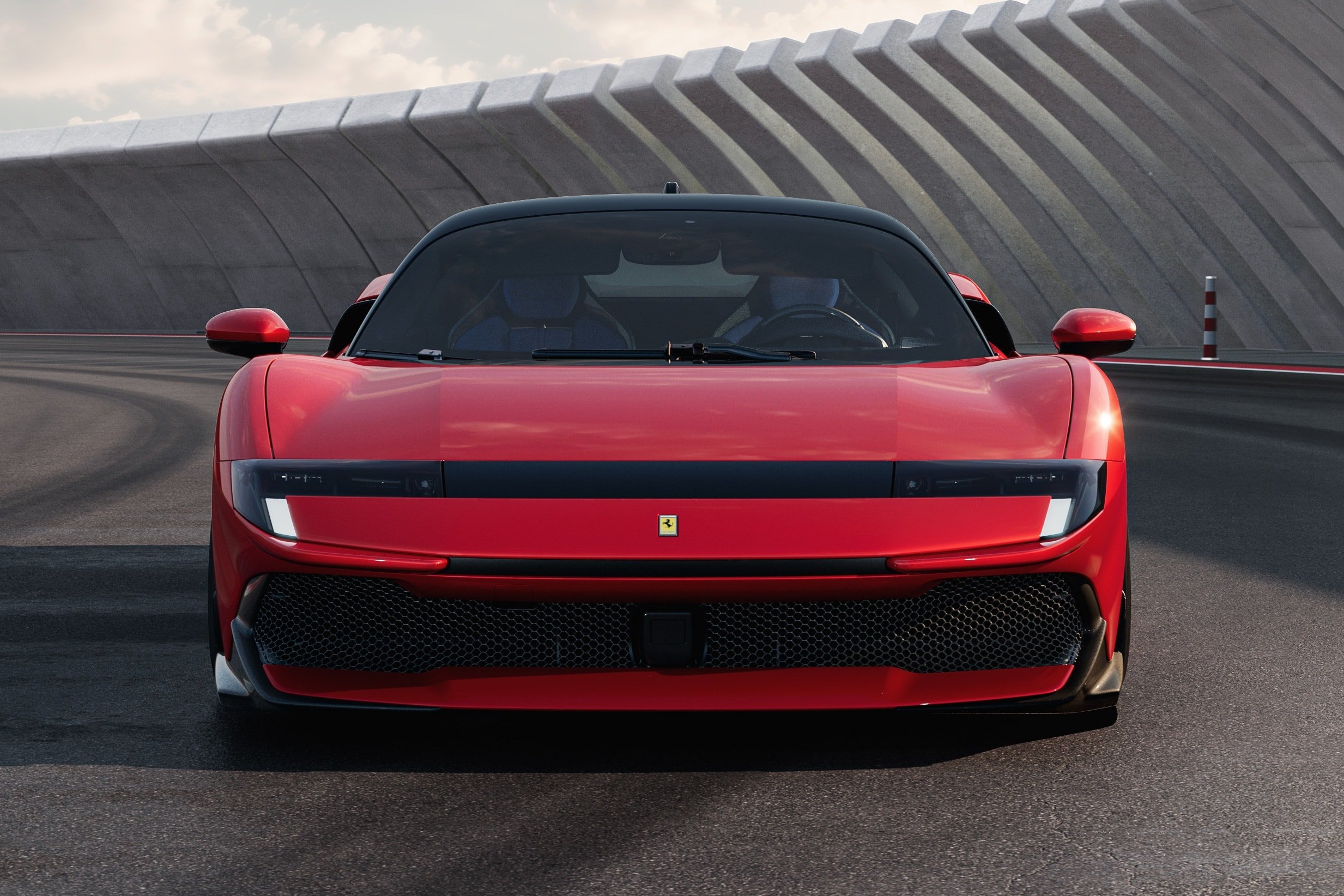
On its new supercars, Ferrari has equipped the front lights with a thin cluster, connected by a dark strip. This detail is inspired by the iconic Ferrari 365 GTB/4 Daytona , ensuring both aerodynamic efficiency and maintaining the brand's identity. Other luxury car manufacturers such as the Audi Q6 e-tron and BMW i7 are experimenting with ultra-thin LED modules, like glowing gems that can perform complex dynamic effects, enhancing the visual experience.
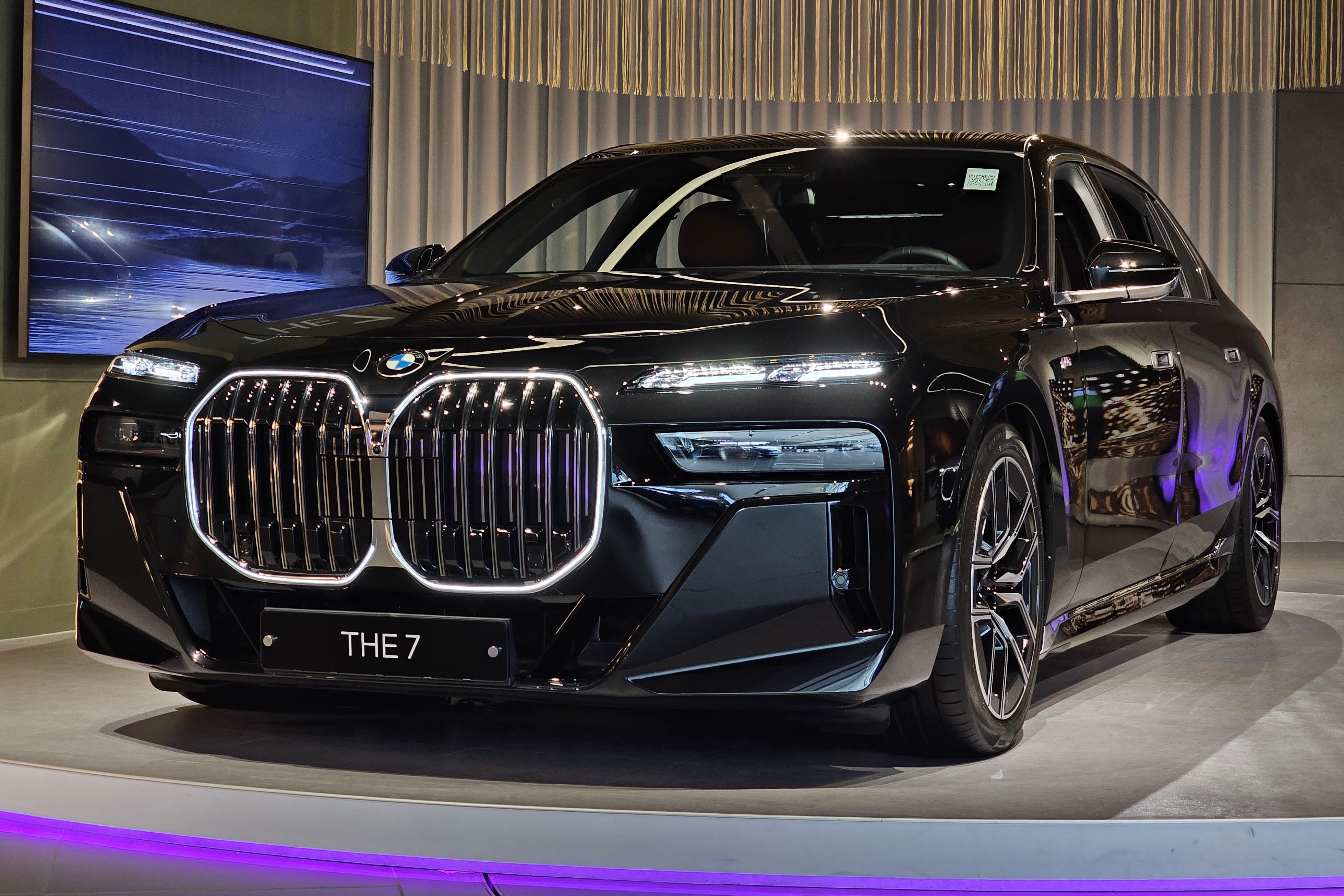
Light - The design language of the future
With the traditional headlight retreating from its central position, the front of the car is no longer just a place to house lighting technology but has become a display of personality. Light is no longer a mere technical detail, but has become a communication tool, creating an impression and bringing emotions to the viewer. Pioneering concept cars such as the BMW i Vision Dee show that the future of automotive lighting could be a fully interactive LED panel.
In China, carmakers like HiPhi, Xpeng and BYD are also at the forefront of testing lighting technology that can change shape, color and display messages according to real-life situations. From round "eyes" to sophisticated light strips, the auto industry has come a long way. In the era of electric vehicles, where everything is becoming more streamlined and smarter, lighting is the new "face" of the car.
Source: https://baonghean.vn/den-pha-tach-roi-xu-huong-dinh-hinh-thiet-ke-oto-tuong-lai-10308540.html


![[Photo] Prime Minister Pham Minh Chinh meets with Speaker of the Hungarian National Assembly Kover Laszlo](https://vphoto.vietnam.vn/thumb/1200x675/vietnam/resource/IMAGE/2025/10/20/1760970413415_dsc-8111-jpg.webp)
![[Photo] Chairman of the Hungarian Parliament visits President Ho Chi Minh's Mausoleum](https://vphoto.vietnam.vn/thumb/1200x675/vietnam/resource/IMAGE/2025/10/20/1760941009023_ndo_br_hungary-jpg.webp)
![[Photo] National Assembly Chairman Tran Thanh Man holds talks with Hungarian National Assembly Chairman Kover Laszlo](https://vphoto.vietnam.vn/thumb/1200x675/vietnam/resource/IMAGE/2025/10/20/1760952711347_ndo_br_bnd-1603-jpg.webp)
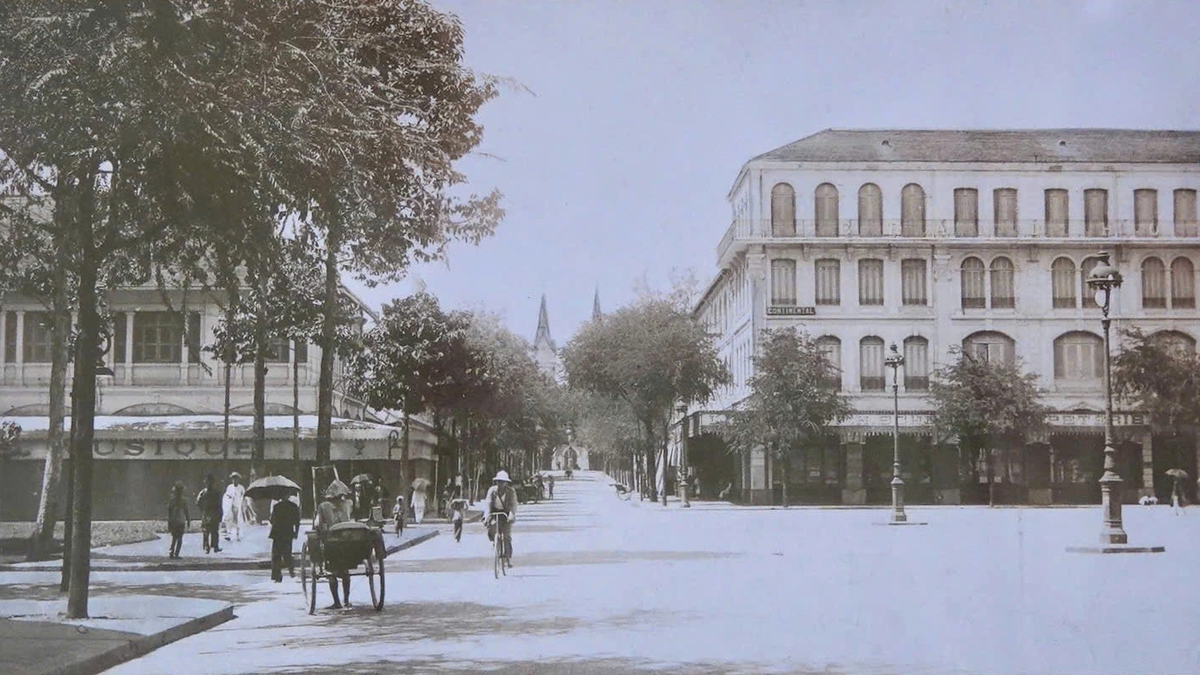

![[Photo] Solemn opening of the 10th Session, 15th National Assembly](https://vphoto.vietnam.vn/thumb/1200x675/vietnam/resource/IMAGE/2025/10/20/1760937111622_ndo_br_1-202-jpg.webp)
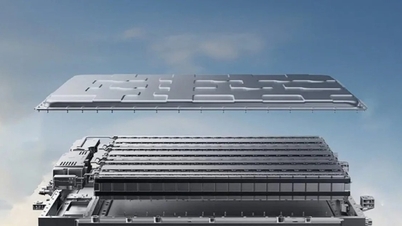

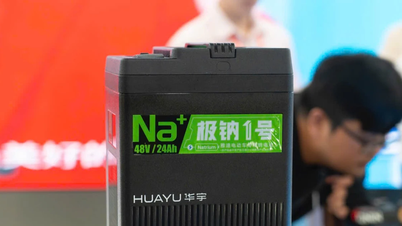

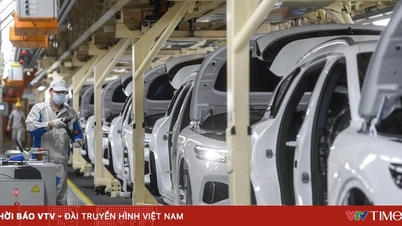

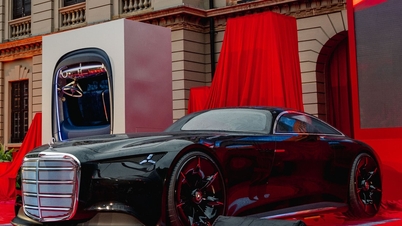
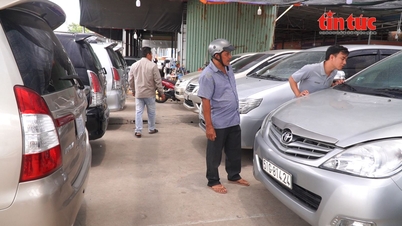



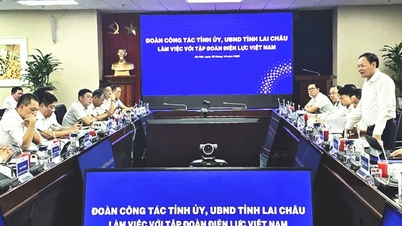

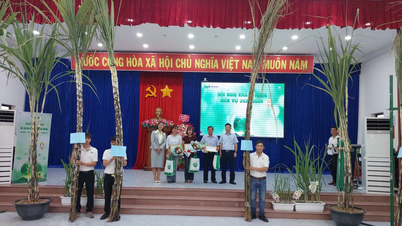



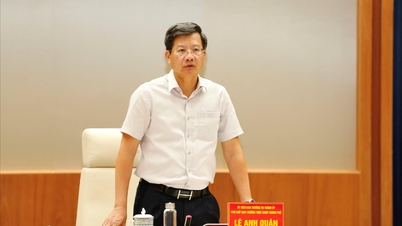









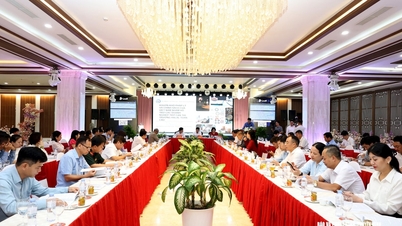

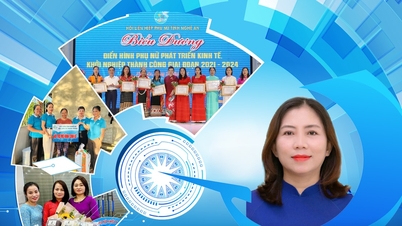

![[Photo] The Steering Committee of the 2025 Fall Fair checks the progress of the organization](https://vphoto.vietnam.vn/thumb/1200x675/vietnam/resource/IMAGE/2025/10/20/1760918203241_nam-5371-jpg.webp)


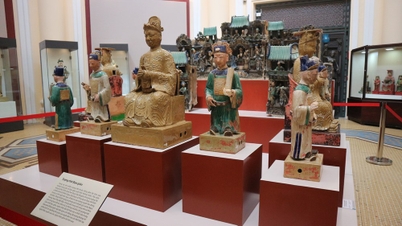




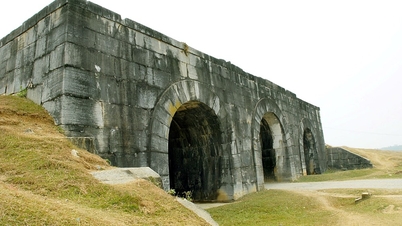
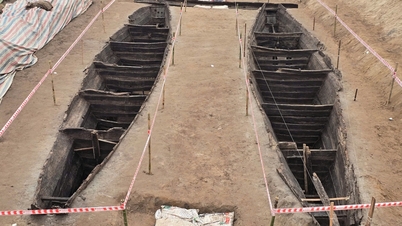






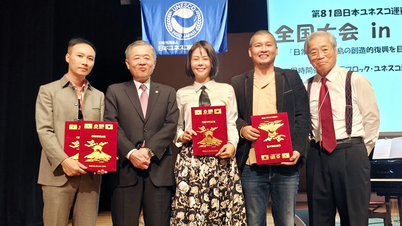




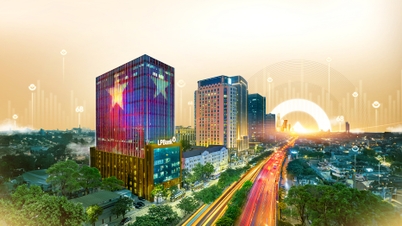

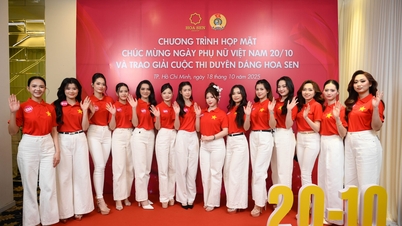




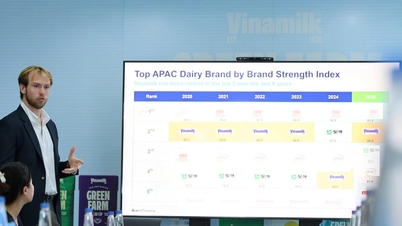







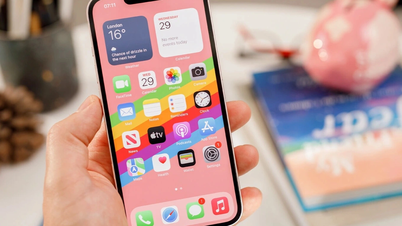






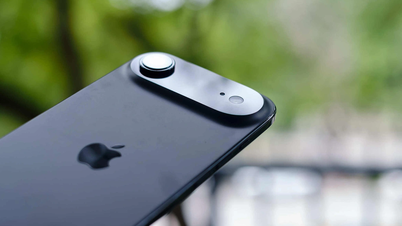
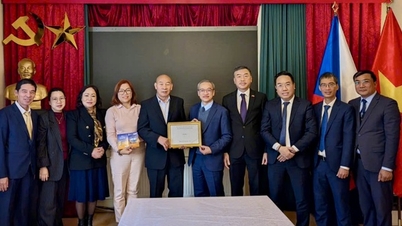


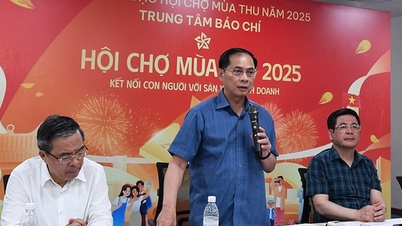
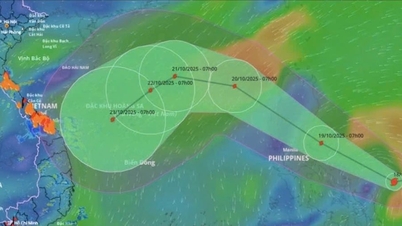




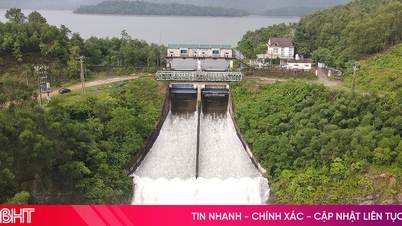

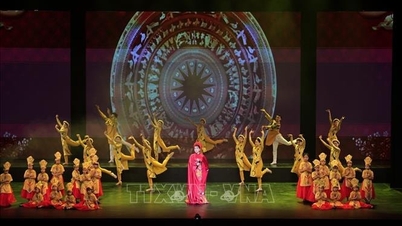


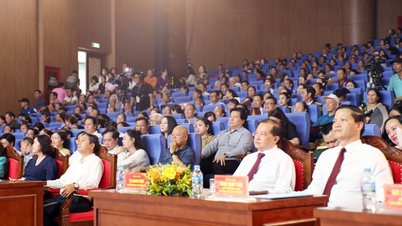

















Comment (0)